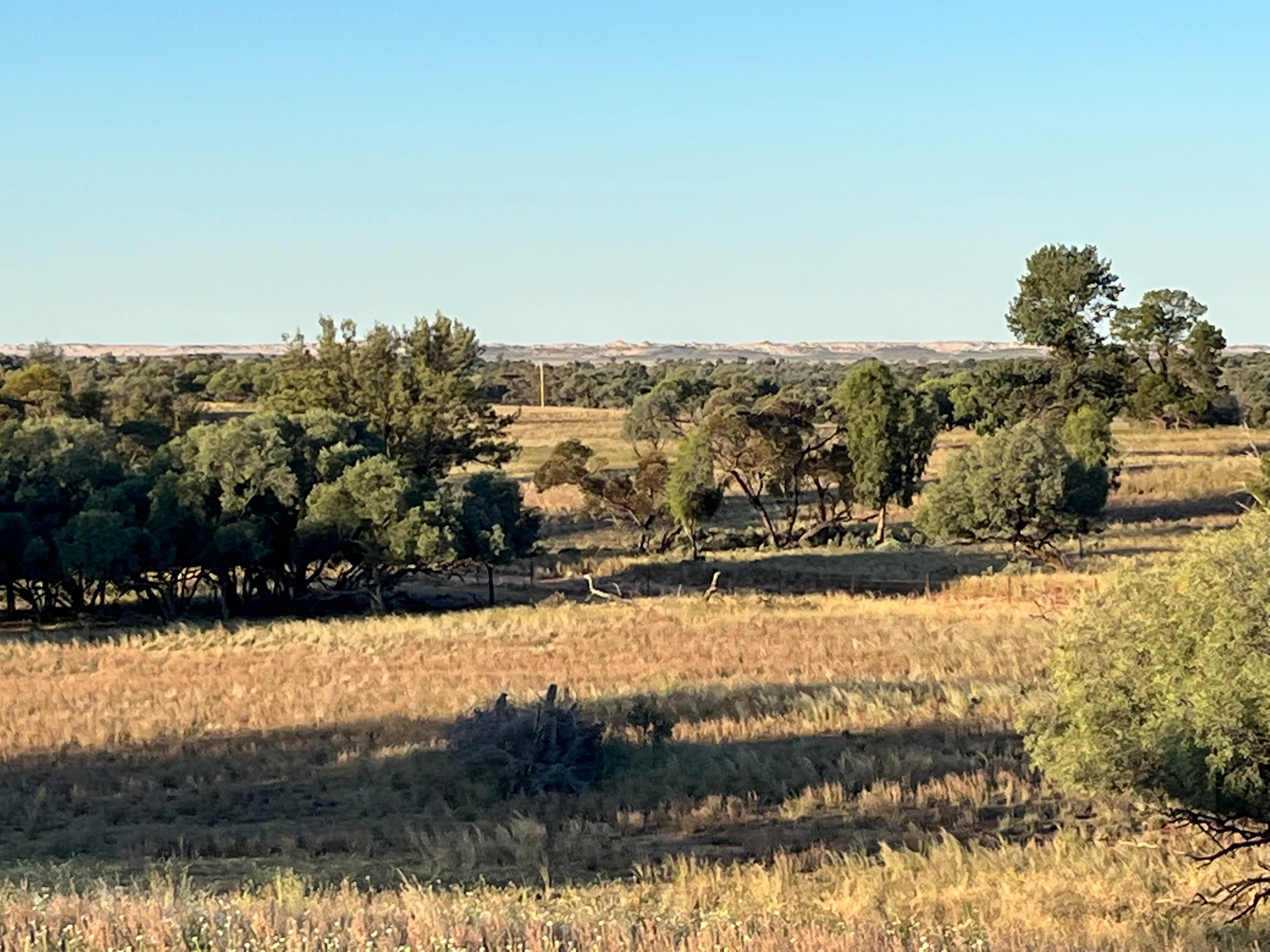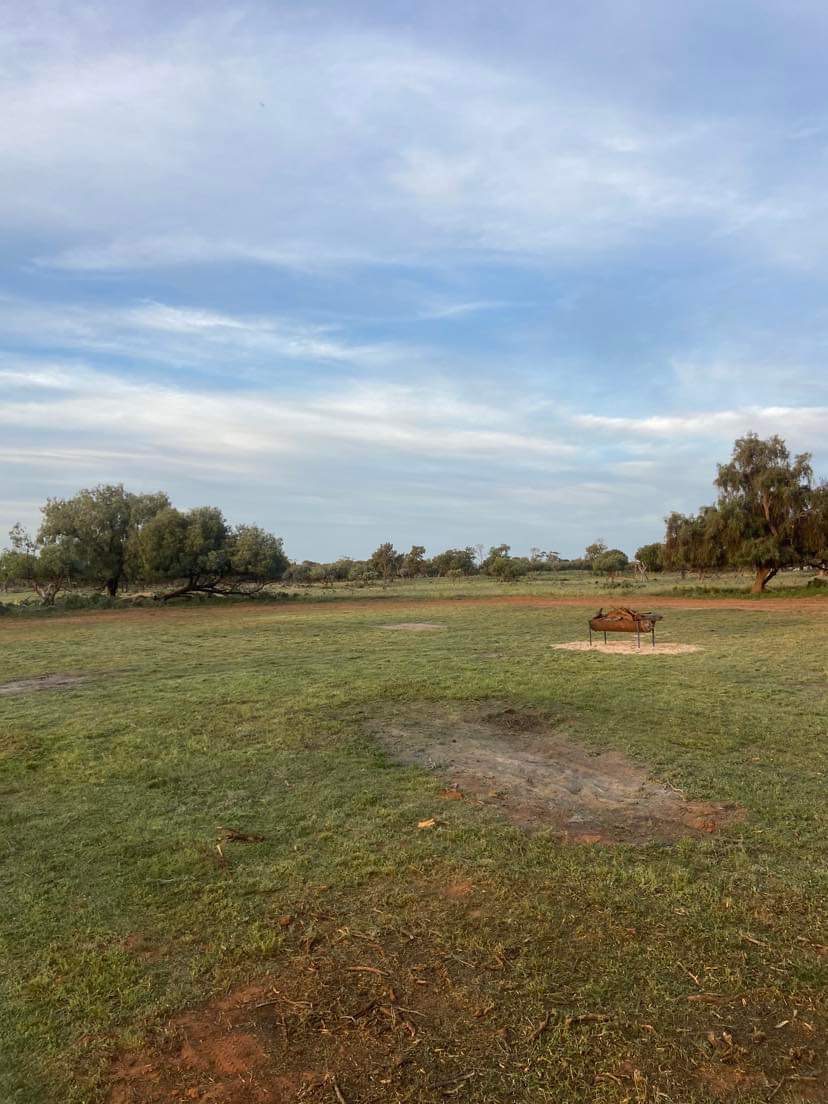- Mungo National Park
The best camping in Mungo National Park, NSW
The best camping in Mungo National Park, NSW
1. Top Hut Station
Discover the most magical spots to pitch your tent or park your rig on your next Mungo National Park adventure.



Recent reviews from the Hipcamp community

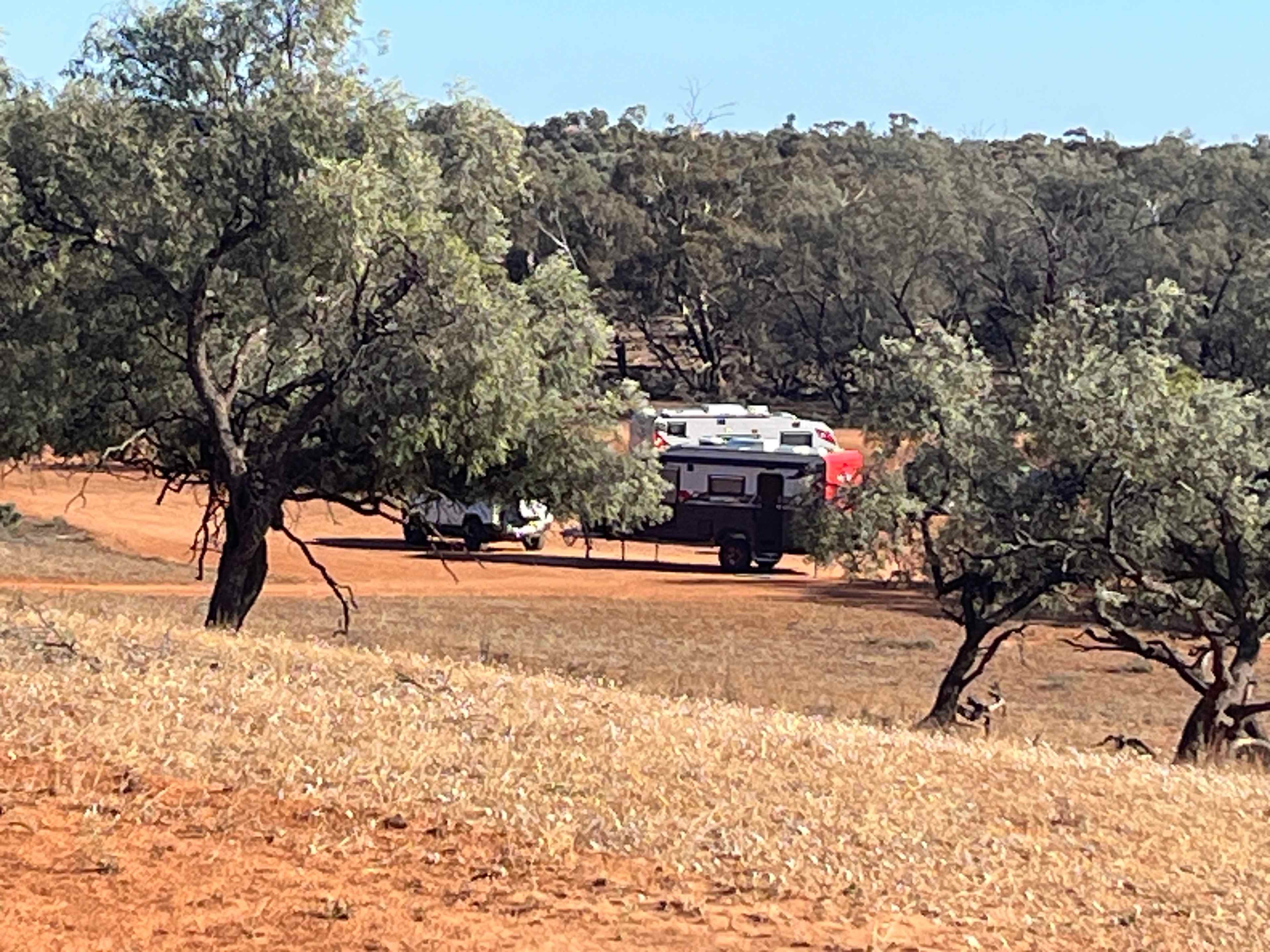



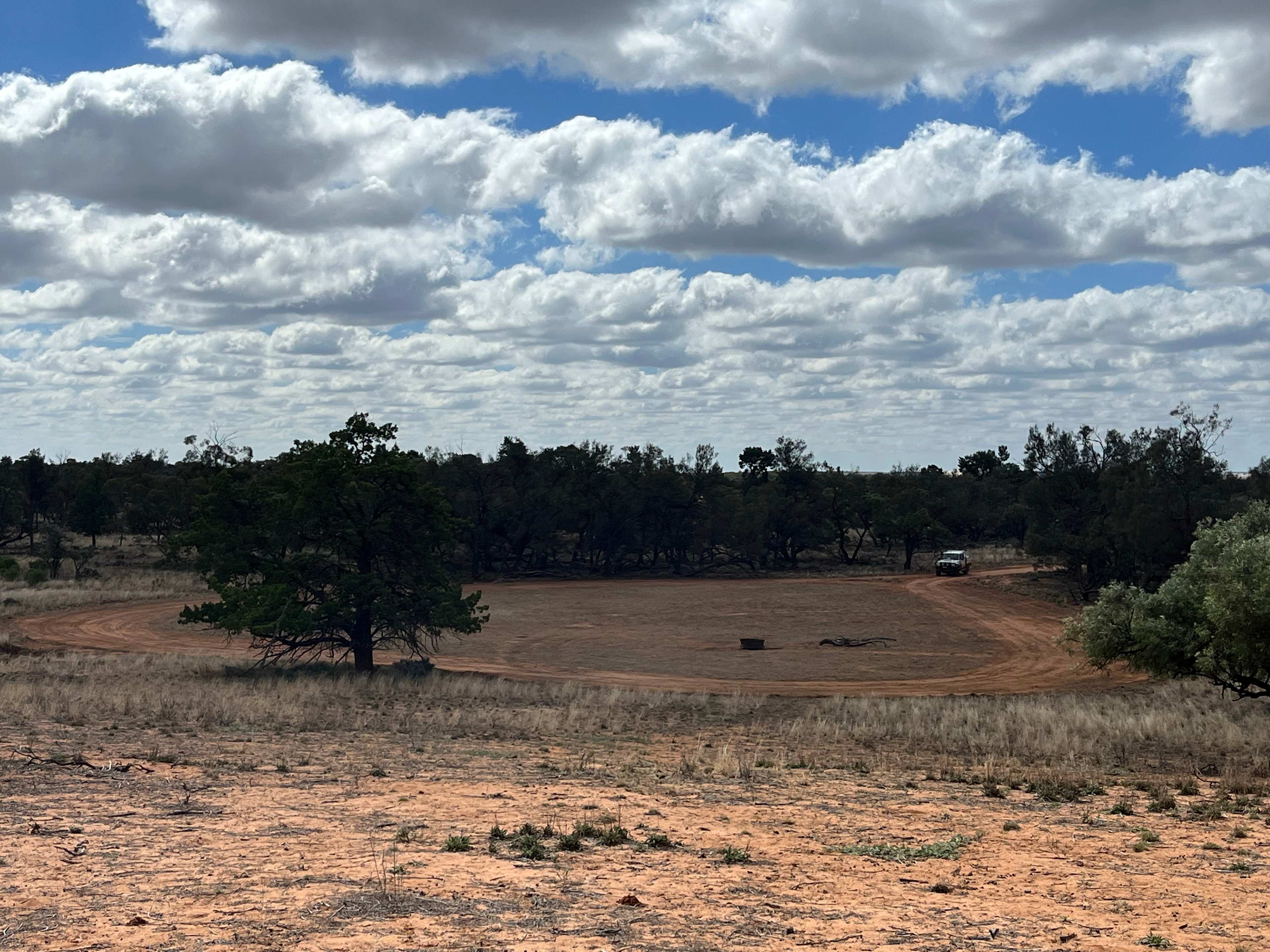

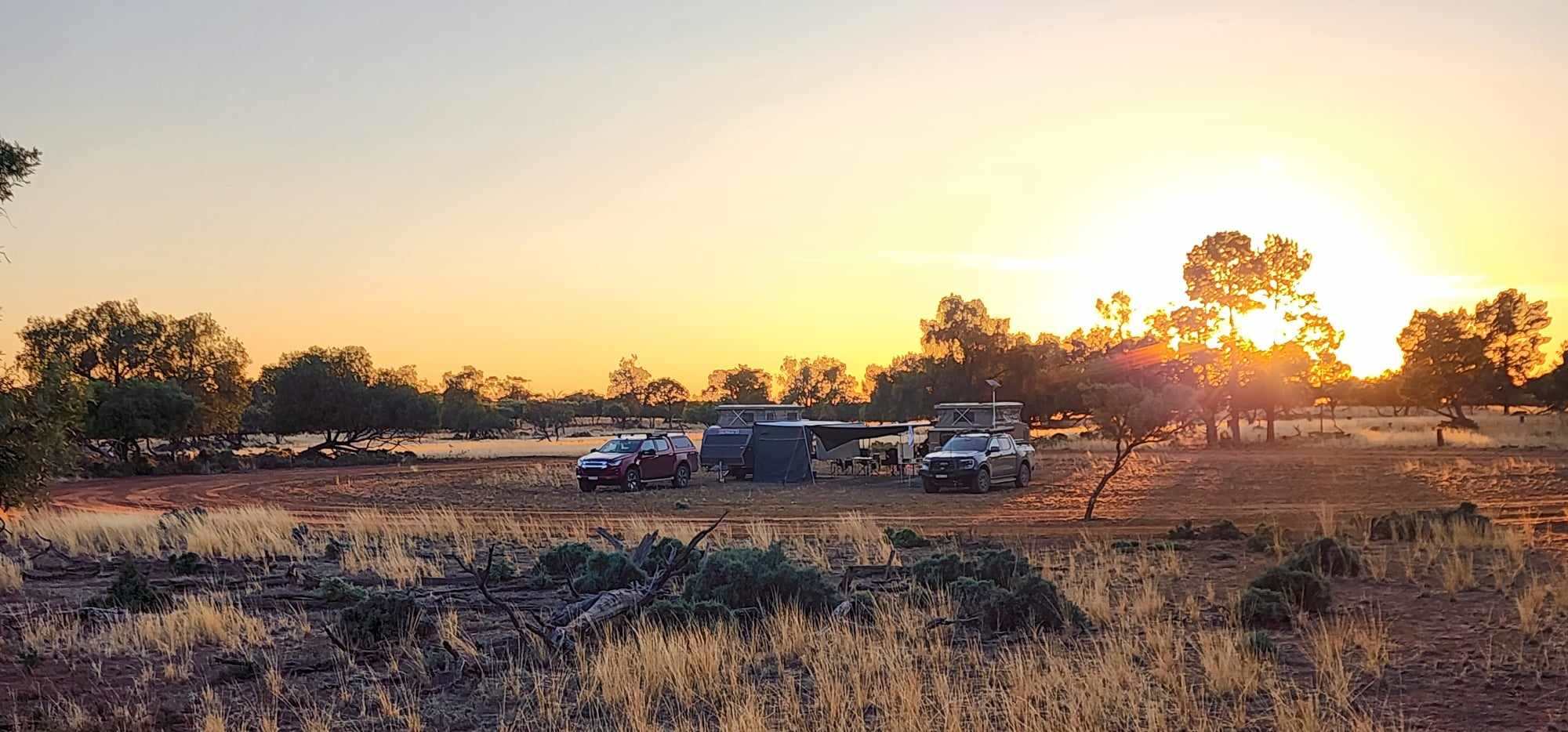
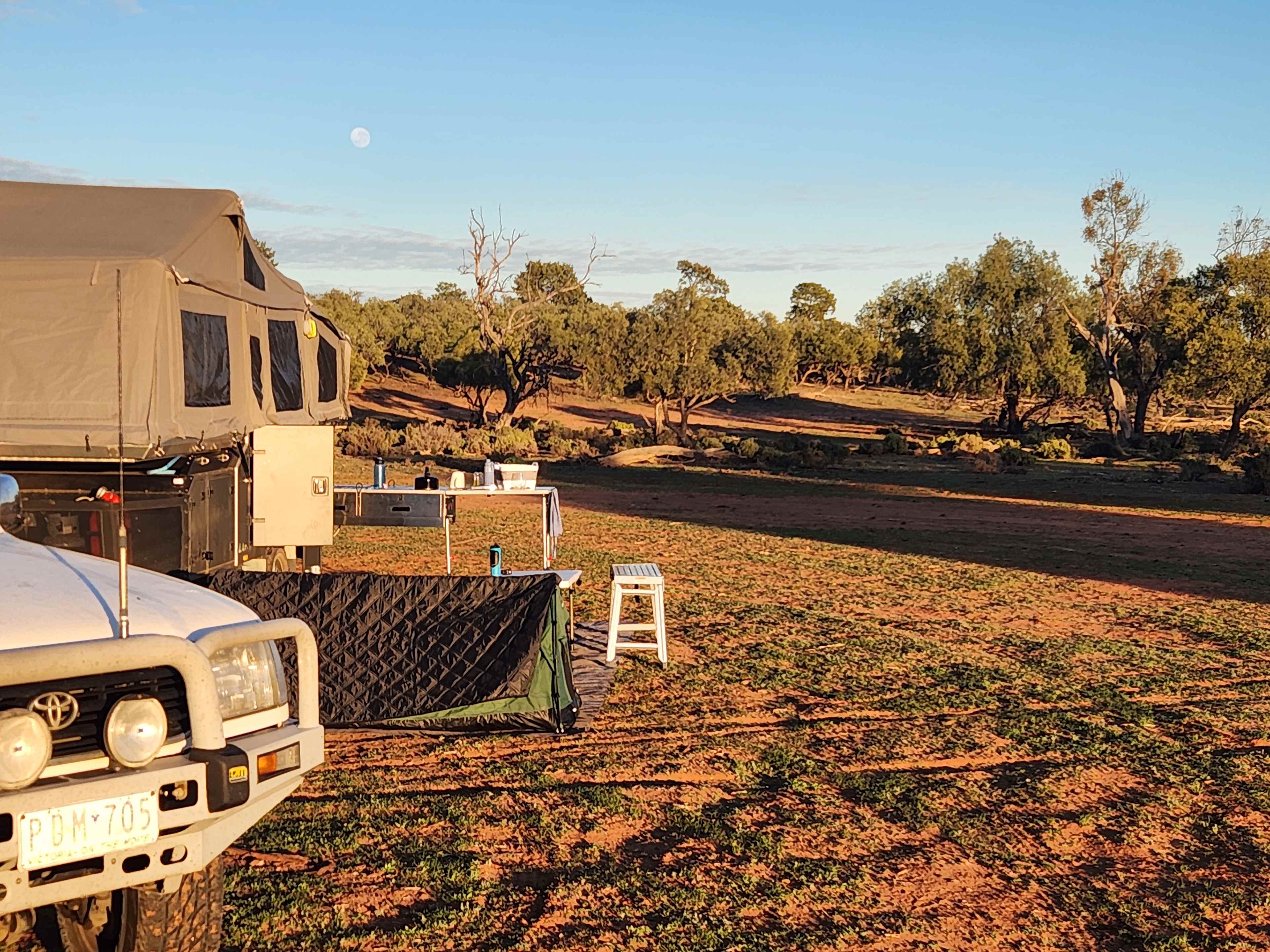

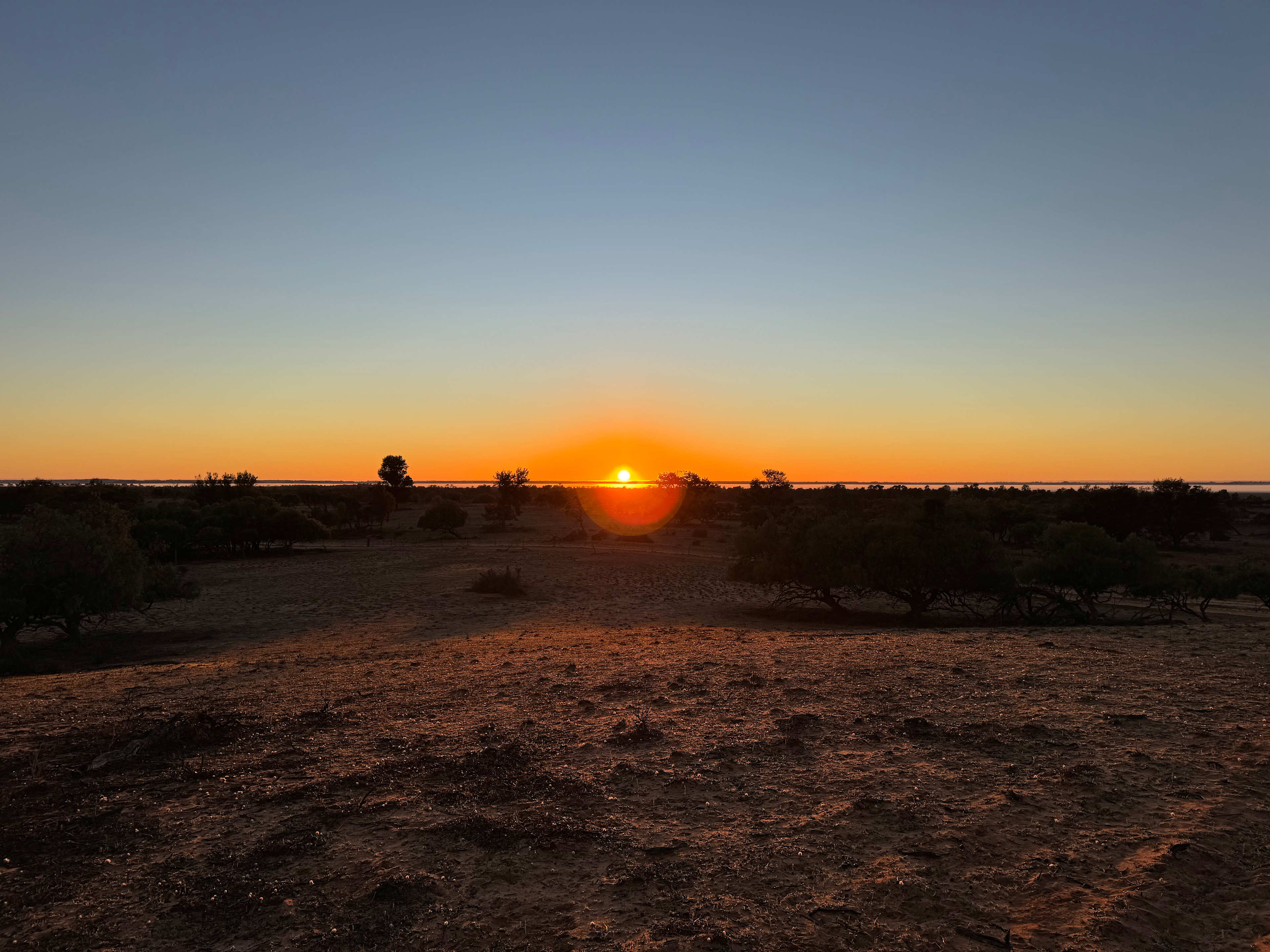




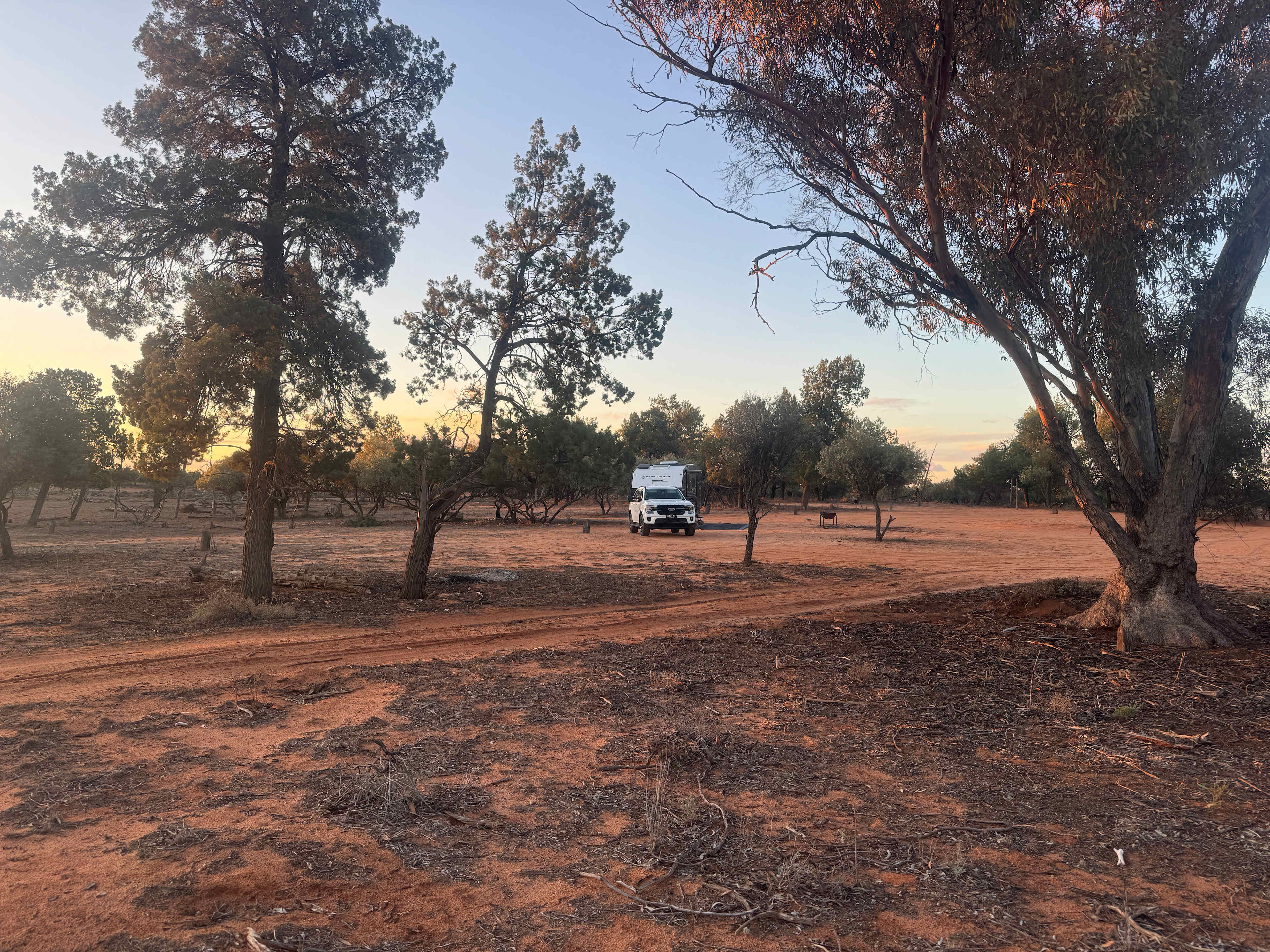

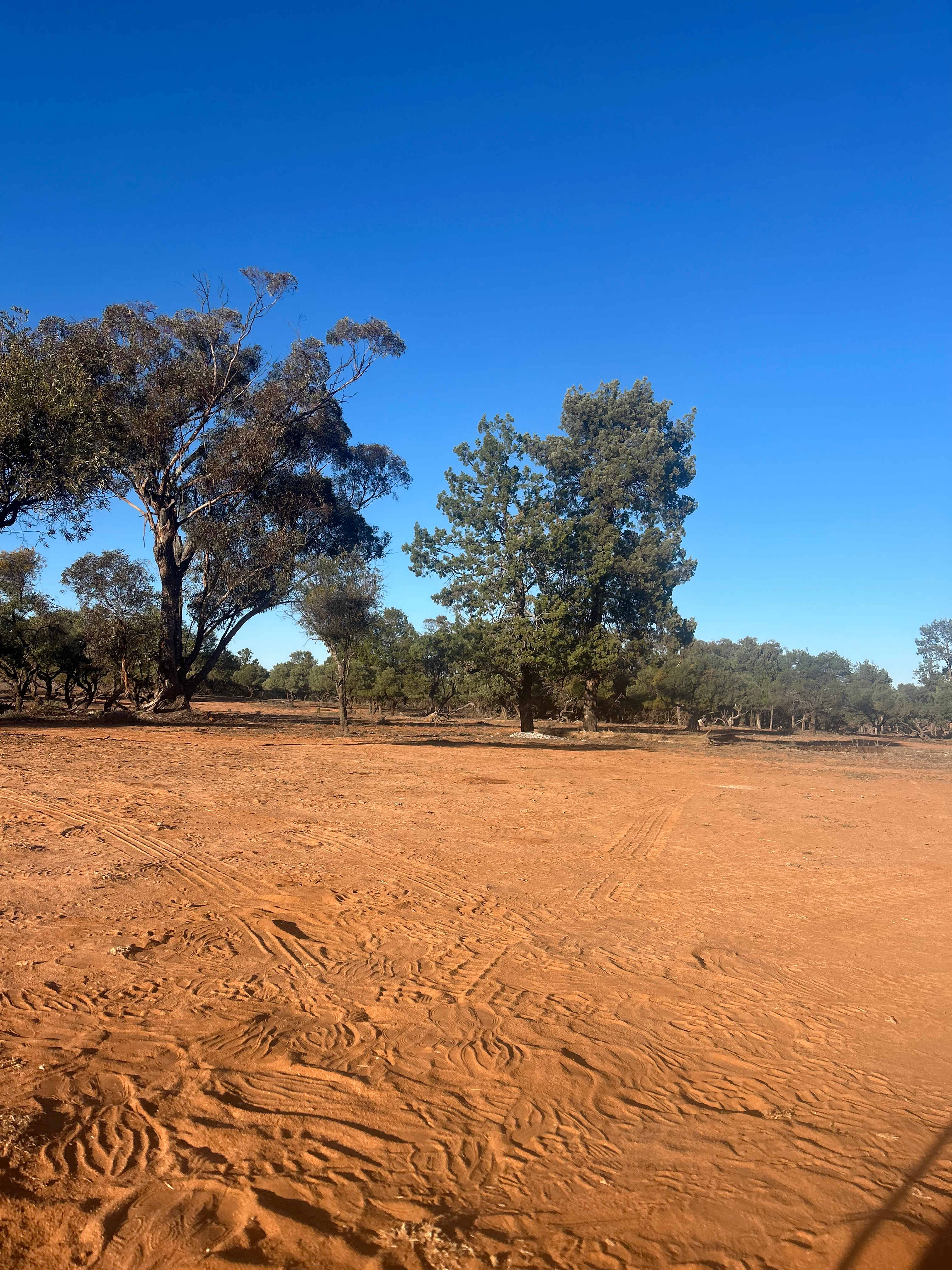


The best camping in Mungo National Park, NSW guide
Overview
About
Mungo National Park is at the centre of one of Australia’s first World Heritage sites. Known as the Willandra Lakes, the vast, flat plain seen today was once a huge lake teeming with giant wombats and other megafauna. The world’s oldest cremated human remains, somewhere between 45,000 and 60,000 years old, were also found here in 1968. Since then, more skeletal and fossil remains, both human and marsupial, have been uncovered, including a set of 20,000-year-old human footprints. Other park highlights include Mungo Woolshed and other historic station and farm buildings. Accessible only by guided tour, the 22-kilometre-long, crescent-shaped dune, called a lunette but nicknamed the Walls of China, eroded into weird and fantastic formations by the weather.
Notable campgrounds
- Best for sunset shows: If you’re keen to photograph the lunette at sunset, when the white sand glows red in the setting sun, the Main Campground is your best bet. Drive to the Walls of China viewing platform to gaze out at the striking formations. This campground is also closest to the visitor centre and has sites suitable for caravans, camper trailers, and tents.
- Best for tents: Beulah Campground, roughly halfway along the Mungo Drive Loop, has just 12 tent camping sites but is much more secluded than the Main Campground.
Tips for snagging a campsite
- All campsites must be pre-booked online before arrival.
- Winter school holidays can be busy.
When to go
Mungo National Park is open all year, but searing summer temperatures—and an overabundance of flies—mean Mungo can be unpleasant, if not dangerous, in the heat of summer.Winter is the best time to go, when days are sunny and mild with fewer flies, but be prepared for very cold nights when temperatures can drop well below zero. Rain is rare, but when it does come, roads become boggy and sometimes impassable. Check the forecast before you travel so you don’t end up stranded.
Know before you go
- Mungo National Park is 85 kilometres southeast of Pooncarie and 316 kilometres south of Broken Hill. This is a remote park with no mobile phone coverage. You can find a payphone at the Mungo Visitor Centre.
- All roads in the park are unsealed but fine for conventional 2WD vehicles. The 70-kilometre, self-guided Mungo road tour is especially popular.
- Hot showers are available at the visitor centre, a short drive from the two campgrounds.
- Bring your own drinking water and firewood, as it can’t be collected in the park. Campfires are allowed, but only on low fire danger days.
- Be mindful of wildlife, particularly kangaroos, if driving in the park after dark.

